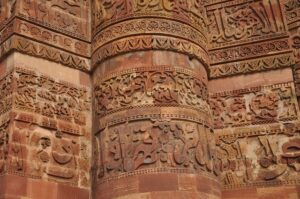Muslim Artists: Tracking Time with the Hijri Calendar in Their Work
The Hijri Calendar, a lunar-based system marking Islamic events, cycles 10-12 days earlier each year…….
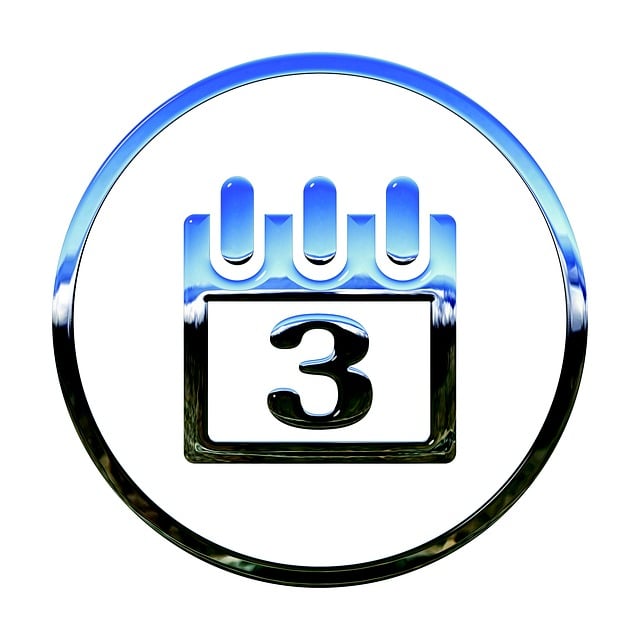
The Hijri Calendar, a lunar-based system marking Islamic events, cycles 10-12 days earlier each year than the Gregorian calendar. With 12 months starting at new crescent moons, it offers astronomical precision for festivals like Eid al-Fitr and Eid al-Adha. It deeply influences Islamic creative expression, connects Muslims globally to shared history, and is integral to various aspects of Muslim life, including art and Islamic finance.
“The Hijri year, a lunar-based calendar sacred to Muslims worldwide, serves as more than just a dating system. It inspires and structures artistic expression, offering a unique lens through which Muslim artists interpret time and history. This article explores the intricate relationship between the Hijri Calendar and art, delving into its seasonal rhythms, historical narratives, and its role in preserving cultural heritage.
We’ll examine how artists use Hijri dates to convey meaning, capture fleeting moments, and connect with a rich, timeless tradition.”
- Understanding the Hijri Calendar: Structure and Significance
- Time and Art: Tracking Seasons in Islamic Creative Expression
- Historical Narratives: Dating and Documenting Through Hijri Years
Understanding the Hijri Calendar: Structure and Significance
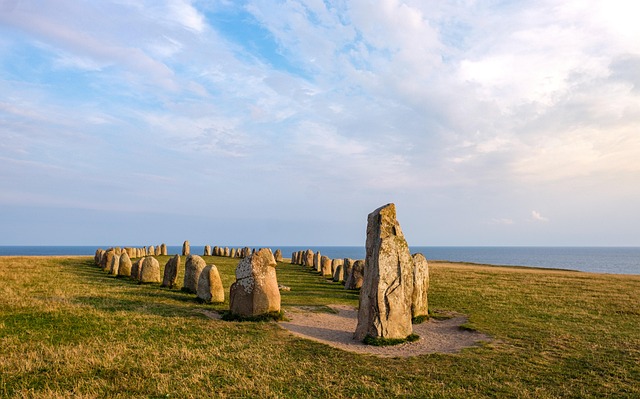
The Hijri Calendar is a lunar-based system that marks time through Islamic historical events. Unlike the Gregorian calendar, which is solar-driven, the Hijri year cycles approximately 10 to 12 days earlier each year. The structure of this calendar is simple yet profound, consisting of 12 months, with each month beginning with the new crescent moon’s appearance. This astronomical precision aligns dates with significant Islamic events, making it a sacred measure of time for Muslims worldwide.
Understanding the Hijri Calendar is crucial for engaging in various hijri awareness activities and observing religious festivities accurately. For instance, important dates like Eid al-Fitr and Eid al-Adha are determined by its cycles. Even in the modern world, where many convert hijri to civil dates for daily life, knowing the Hijri year remains essential, especially when planning community events or giving us a call at Hijri Calendar for religious observances. Its significance transcends time, connecting Muslims globally to their shared history and cultural heritage.
Time and Art: Tracking Seasons in Islamic Creative Expression
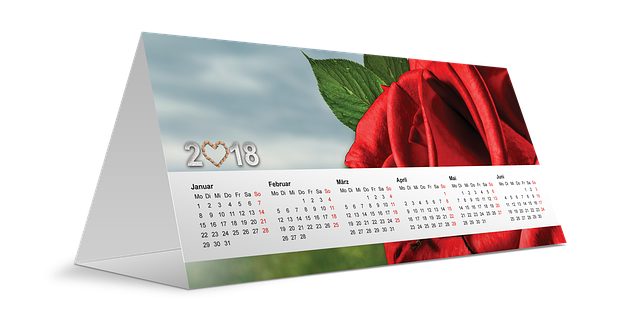
Time plays a pivotal role in Islamic creative expression, and artists often draw inspiration from the rhythmic ebb and flow of seasons as documented in the Hijri Calendar. This ancient lunar-solar calendar, with its 12 months based on the phases of the moon, provides a unique framework for tracking time in harmony with nature’s cycles. Each year is marked by specific dates, including the start of Ramadan and Eid ul-Fitr, which are celebrated with artistic fervor across Muslim communities worldwide.
The Hijri Calendar, at its core, emphasizes the connection between faith and nature. Why is hijri used in Islam? This calendar serves as a spiritual guide, helping Muslims sync their personal journeys with the broader cosmic rhythm. Artists interpret these cycles through diverse mediums, from intricate calligraphy that displays moon phases to seasonal paintings reflecting the beauty of each Hijri year. Even in modern times, many Muslim artists continue to find us at its role in Islamic finance and everyday life, converting hijri dates to civil equivalents while preserving the rich symbolism and artistic traditions tied to this ancient time-keeping system.
Historical Narratives: Dating and Documenting Through Hijri Years
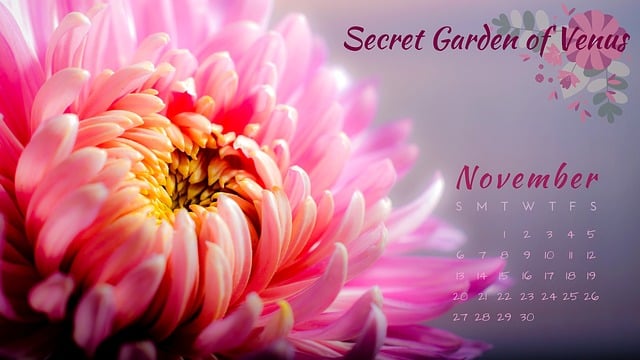
The Hijri Calendar, with its rich historical significance, has long been more than just a tool for dating in the Islamic world. It serves as a powerful narrative thread, weaving together the past and present, and is embraced by Muslim artists as a unique means of expression. Each year in the Hijri calendar marks significant events in Islamic history, from the Prophet Muhammad’s migration to Medina (Hijrah) to other pivotal moments that shaped Islamic civilization. This rich historical tapestry provides artists with an inexhaustible source of inspiration, allowing them to decorate with Islamic calendar motifs and create pieces that resonate both culturally and spiritually.
Artists often incorporate the Hijri dates into their work, adding depth and context through symbolic representations of these historic years. The contemporary use of the Hijri calendar extends beyond artistic expression; it plays a crucial role in various aspects of Muslim life, including Islamic finance, where transactions are timed and organized according to the lunar cycles of the Hijri year. By referencing the Hijri system, artists not only preserve historical narratives but also find us at Calendric Inspiration for Modern Design, seamlessly blending tradition with contemporary aesthetics.
The Hijri Calendar serves as a powerful tool for Muslim artists, offering a unique perspective on time and inspiration for their creative expressions. By incorporating the lunar-solar cycles of this ancient calendar, artists can capture seasonal shifts, narrate historical events, and create works that resonate with cultural significance. Understanding the Hijri year allows artists to weave a rich tapestry of stories, making their art a living testament to Islamic history and traditions.



